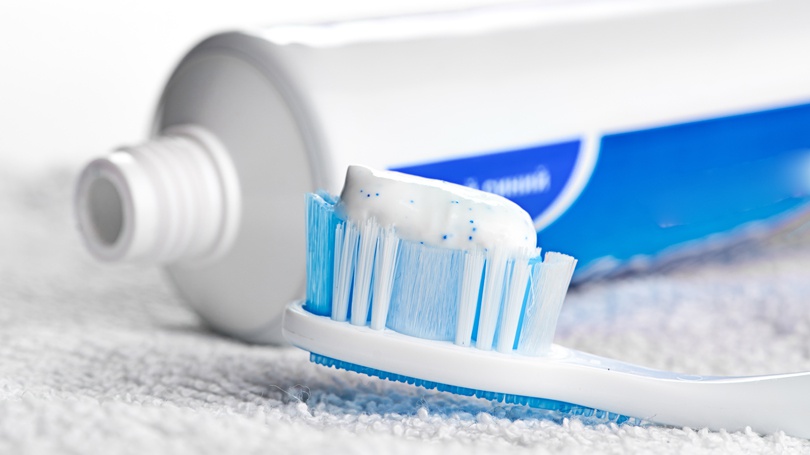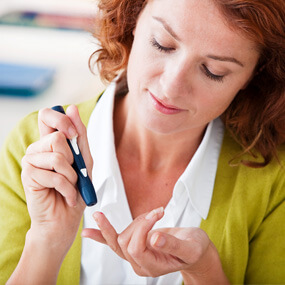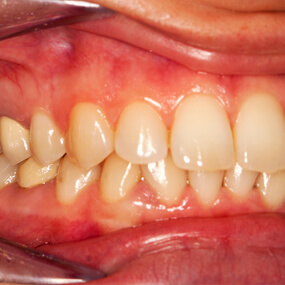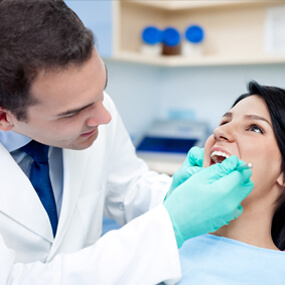How Toothpaste as We Know It Came to Be

Toothpaste is an invention that many people take for granted. You are taught how to use it and spit it out at a very young age and probably did not spend much time thinking about it beyond that. Nevertheless, it is interesting to consider what humans did before they had easy access to modern toothpaste. Archaeologists have discovered that human societies have been concerned about oral health as far back as Ancient Egypt and have used various teeth-cleaning concoctions over the many years.
The Oldest-Known Toothpaste Formula
The oldest recorded toothpaste formula comes from Ancient Egypt in 4 A.D., and there is evidence that the Egyptians were using toothpaste well before that. The recipe calls for crushing rock salt along with mint, pepper, and dried iris flowers. This created a cleaning powder that was then presumably moistened as needed to clean the teeth. Research indicates that this formula was just about as effective as any toothpaste created prior to the last 100 years or so. It did have one unfortunate side effect in that it causes the gums to bleed, which could have led to infections and gum disease.
Other Bases Beside Rock Salt
Archaeologists have also learned that Ancient Greek and Roman societies often crushed oyster shells and even bone to serve as a toothpaste base. While the Chinese used rock salt like the Egyptians, they often crushed it with ginseng as well as herbal mints. Various societies have also used chalk, charcoal, ashes, charred eggshells, pumice, ox hooves, and the dust from clay bricks. Fast forward to 1780, and you will find that people were still trying to figure out how to produce the kind of toothpaste we now all take for granted.
The 1700s and Burnt Toast
Around the 1780s, it was common to use burnt toast to clean your teeth. Old bread was cooked over an open fire until it blackened. The bread was then ground, often using a mortar and pestle. As needed, that black powder was then moistened and rubbed across the teeth in order to clean them.
Modern Toothpaste Begins to Take Shape in the 1800s
Soap was added to toothpaste by a dentist for the first time in the 1820s. This was an important change for toothpaste. Although modern toothpaste manufacturers use sodium lauryl sulfate for its consistency and foaming action, the concept is the same. In the 1850s, chalk became a common ingredient, and while that may seem unusual, consider that many modern toothpastes contain calcium carbonate, magnesium carbonate, and so forth. In the 1870s, Colgate introduced the first commercial toothpaste and sold it in small glass containers. In the 1890s, a dental surgeon named Washington Sheffield sold toothpaste in a tube, and it is believed that his is the first product that is most like the toothpaste you use today.
The 1900s Introduce Modern Toothpaste
With the discovery that fluoride strengthens tooth enamel and helps fight cavities, fluoride was added to toothpaste products for the first time in the 1910s. By the 1950s, most commercially available toothpaste products were quite similar to what you use today. About 1975 is when toothpaste options really broadened for the average consumer. Not only were there many more fluoride toothpaste options available, but herbal toothpastes that had no fluoride and featured peppermint oil and other plant extracts became available. In the mid-1980s, NASA invented edible toothpaste for astronauts, and this served as the basis for many toothpaste products for children; and in 1989, Rembrandt transformed the industry by introducing the first toothpaste that could whiten your teeth.
Choose the Best Toothpaste for Your Oral Health
History reveals that maintaining healthy teeth has been important to humans for thousands of years. Fortunately, toothpaste has come a long way since the days of crushed shells and bone. The basic purpose of cleaning the teeth and freshening the breath, however, remains the same. Jeffrey D. Clark, DDS, recommends using fluoride toothpaste with the ADA Seal of Acceptance. But there are many products with different flavors and properties, and you can discuss those with Dr. Clark during your next checkup. Schedule that appointment by calling Scottsdale Cosmetic Dentistry Excellence at 480 585 1853.




